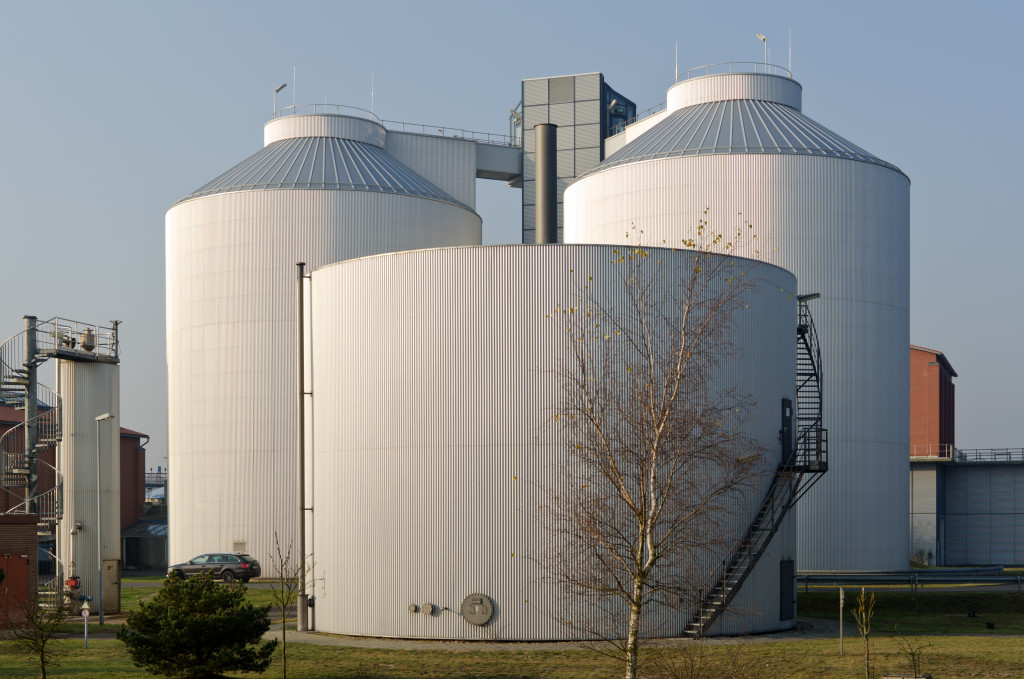- Assess current needs to determine updates necessary for safe and efficient operations.
- Invest in modern technologies, such as smart wiring and energy-efficient air conditioning units, to boost productivity and sustainability.
- Upgrade security systems with access controls, biometrics readers, key cards, and perimeter defense measures.
- Follow safety standards and protocols for handling hazardous materials when loading/unloading.
- Invest in updating functional systems like electrical and ventilation for improved safety, efficiency, and cost savings.
The industrial space is vital for many businesses, particularly manufacturing ones. It provides an area for the safe and efficient storage of materials, equipment, and other essential items integral to the business’s operations. It is also where much of the company’s production occurs, making it a necessary part of a successful business model.
In recent years, industrial spaces have become increasingly popular with many companies across various industries due to their ability to provide secure locations while offering access to needed resources such as electricity and transportation. Aside from providing security and access to resources, industrial spaces also offer numerous advantages in terms of cost savings. By utilizing an existing building or constructing a new facility, businesses can avoid renting office space or setting up expensive manufacturing equipment which would otherwise need to be purchased outright.
Unfortunately, your industrial space might become outdated with time. This can make operations inefficient, unsafe, and costlier if not attended to promptly. It may be necessary to update the space or even expand it, given the growth of your business. If so, here are some steps you should consider when updating an outdated industrial space:
Assess Your Current Needs

Updating an industrial space is essential to ensure the safety and efficiency of operations and maximize cost savings. An evaluation of your current needs is the first step in this process to determine what updates or expansions should be made. Here are some factors you should consider when assessing your industrial space requirements:
Business Growth
Considering how your business has evolved since you set up shop in the industrial space is essential. This can give you insight into whether additional resources must be allocated or if more room is required. If you’ve experienced significant increases in production volume, it may be time to expand the facility and upgrade equipment for increased efficiency and safety.
Safety Standards
Industrial spaces must adhere to specific safety standards established by governing bodies to protect workers from potential hazards. It’s essential to regularly review any new regulations or updates that affect your operations and take necessary steps to comply with these rules as soon as possible. This includes ensuring all the required safety equipment is up-to-date, such as fire extinguishers, smoke detectors, and emergency lighting systems.
Material Storage and Handling Protocols
The material storage area within an industrial space must have enough room for current inventory levels and additional items added by future orders. It’s also important to follow protocols regarding handling materials during loading and unloading processes, mainly when working with hazardous goods such as chemicals or flammable liquids/solids. Finally, ensure adequate measures are in place to prevent unauthorized access or theft of goods stored inside the facility.
Technology Upgrades
Modern technology can significantly improve productivity within an industrial space by streamlining many tasks that used to require manual labor or direct oversight from supervisors/managers. Investing in automated systems can improve accuracy and speed up manufacturing processes; however, integrations must be carried out correctly to work appropriately without disrupting operations during installation/update cycles.
Upgrade Functional System

Upgrading systems like electrical and ventilation is essential to maintaining safe and efficient industrial spaces. The electrical system is responsible for providing a steady power supply to keep equipment running and powering safety features such as lighting and alarms. In addition, the system should be able to handle any surges or fluctuations in demand during peak production periods. You can partner with an industrial electrical contractor to ensure you can update the essential electrical system.
Ventilation systems are necessary for a comfortable working environment and must meet specific standards specified by safety regulations. These systems help ensure adequate air circulation, reduce noise, and remove dust and other particles. By upgrading these systems, businesses can ensure their workplace meets all the necessary health, safety, and productivity requirements.
Moreover, new technologies such as smart wiring for energy-efficient power distribution or inverter-based air conditioning units can improve efficiency and reduce operating costs. In addition to enhancing safety through a consistent electricity supply and improved comfort levels due to higher ventilation quality, investments in modern technologies also promote sustainability by utilizing renewable energy sources or reducing emissions through better insulation materials. An updated industrial space is vital to keeping operations running at peak efficiency while ensuring compliance with relevant environmental regulations.
Update Security
The security system of an industrial space is essential for the safety of personnel and equipment and for protecting valuable items from theft. Upgrading the security system can help businesses ensure that their facility is always safe and secure.
For starters, it’s essential to look into setting up access controls. These systems involve installing cameras, motion sensors, and biometrics readers to control who enters and exits the premises. Most access control systems also have built-in features such as alarms that will sound if an unauthorized person attempts entry or movement in the area. Additionally, businesses should consider implementing key cards and other authentication methods, such as fingerprint recognition or facial recognition technology, to further enhance security in their industrial space.
Another way to improve security in industrial spaces is by upgrading perimeter defense measures. This could involve installing physical barriers such as fences or gates with automated locks that require a key card or code to open them. Furthermore, placing CCTV cameras around the perimeter can help monitor activity outside the building and provide evidence for legal action.
Final Thoughts
Updating an industrial space is essential for keeping operations safe and efficient. However, it’s important to remember that the process can be complex and require significant investments in both time and money. With careful planning and consideration of these points, your industrial space will run safely, securely, efficiently, and cost-effectively for many years.



